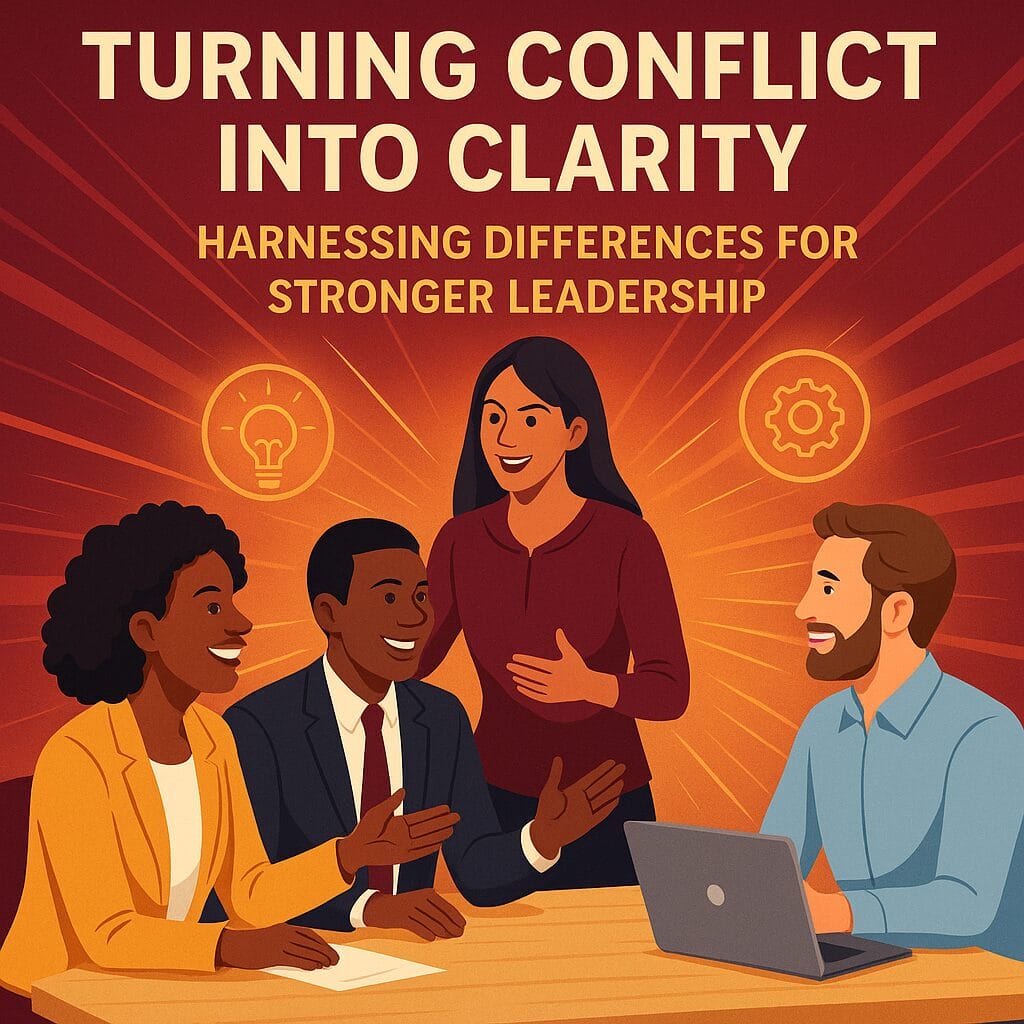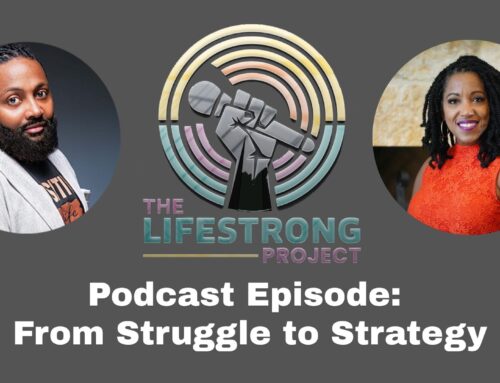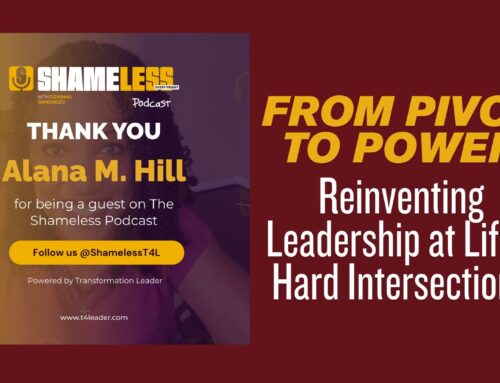In every room where progress is made, there’s bound to be some tension. As a leadership expert and engineer by trade, I’ve learned that not all conflict is personal. Sometimes, it’s the push and pull of ideas—what I call ideational conflict—that creates the spark for innovation.
This type of conflict doesn’t stem from personality clashes or miscommunication. It arises when team members have fundamentally different ideas, perspectives, or approaches to solving a problem. And when managed well, it can lead to breakthrough decisions, stronger strategies, and deeper collaboration.
What Is Ideational Conflict—and Why Does It Matter?
Ideational conflict is about what we do or how we do it—not who we are. It shows up when colleagues or stakeholders disagree on methods, priorities, or solutions. Unlike interpersonal conflict, which can feel like a personal attack, ideational conflict is rooted in values, logic, and vision.
The key is learning to recognize it and guide it constructively. When we assume conflict means disrespect, we shut down opportunities. But when we create space for disagreement rooted in shared goals, we invite creativity and growth.
“Teams that engage in task-related conflict in a healthy way are more likely to experience better decision-making outcomes and higher performance.”
— Harvard Business Review, “How to Manage Conflict in Virtual Teams”, 2020
The Role of Inclusive Leadership in Managing Conflict
As leaders—especially in diverse and cross-generational teams—our job is to invite the difference and then guide the conversation. Inclusive leaders make room for multiple viewpoints without allowing the discussion to derail progress. That means:
- Setting psychological safety as the baseline
- Encouraging respectful debate
- Clarifying goals and shared values
- Facilitating through friction to reach consensus or compromise
When you lead with empathy and structure, conflict becomes a tool for clarity—not chaos.
A Moment That Reinforced the Value of Strategic Pause
I saw this firsthand with a client I was advising on learning strategy. The organization was eager—and in a hurry—to roll out a new training program. They were confident in their direction and ready to implement. But I encouraged them to take a step back and evaluate alternative solutions before moving forward.
That pause gave us space to navigate competing ideas without tension. We assessed the options together, realigned on objectives, and ultimately launched a program that was more inclusive and impactful. The feedback spoke for itself—stakeholders praised both the content and the delivery.
This wasn’t about slowing them down. It was about harnessing ideational conflict to make a smarter, more informed decision.
3 Practical Ways to Embrace Ideational Conflict
Whether you’re a project manager, executive, or educator, here are three ways to transform ideational conflict into forward momentum:
1. Label It Clearly
When tensions rise, call out that it’s an idea-level disagreement, not a personal attack. This simple reframing diffuses emotion and redirects focus.
2. Lean into Curiosity
Ask: “What’s the goal behind your approach?” or “What concerns are you trying to address?” This unlocks the why behind the ideas.
3. Balance Inclusion with Direction
Acknowledge all voices, but don’t hesitate to synthesize and steer. Decision-making doesn’t mean everyone agrees—it means everyone is heard and aligned.
Leading the Way Through Constructive Disagreement
Ideational conflict isn’t something to fear—it’s something to facilitate. With the right mindset and tools, we can move through discomfort into meaningful progress. The best leaders aren’t the ones who avoid conflict—they’re the ones who turn it into connection, clarity, and collective success.
So the next time your team disagrees, don’t shut it down—lean in. Your next breakthrough might be hiding behind the friction.
Want to learn how to foster inclusive, high-performing teams through strategic leadership?
Explore my keynotes and workshops or connect with me directly to bring this message to your next leadership development event.






